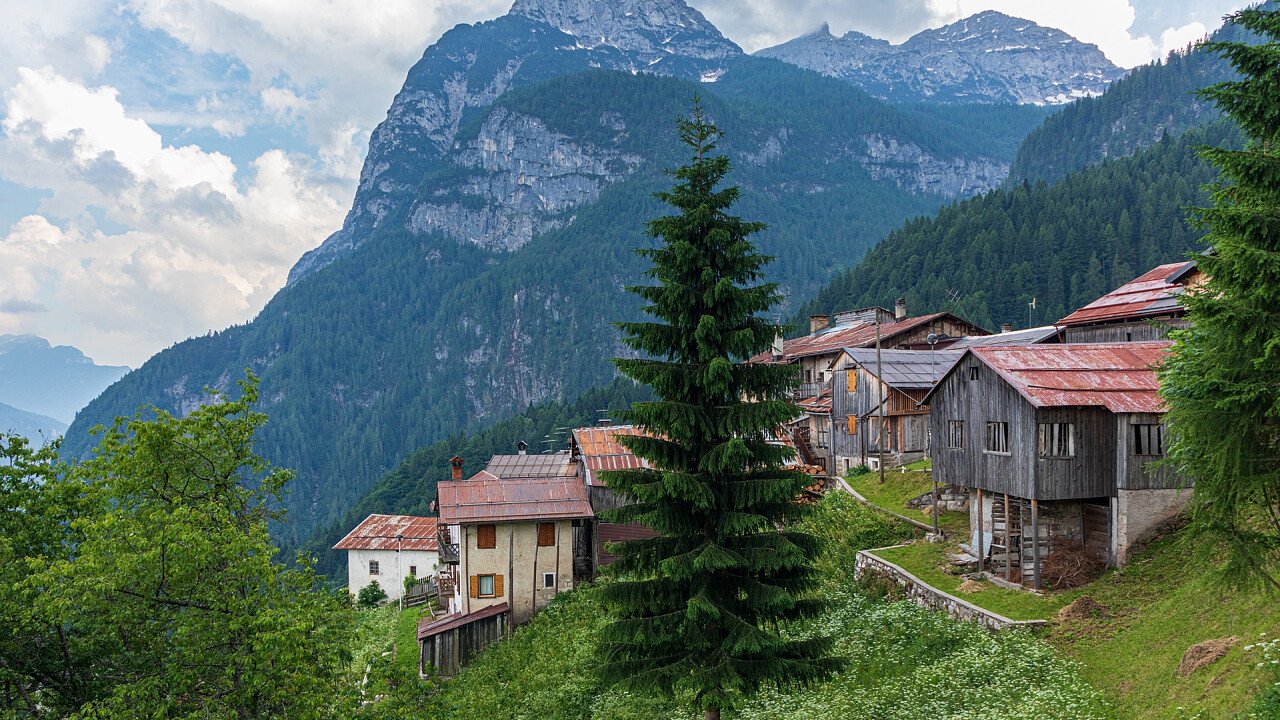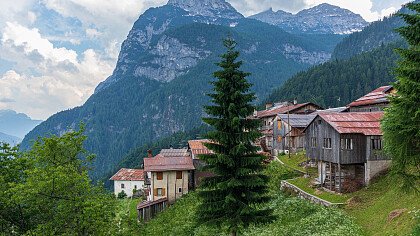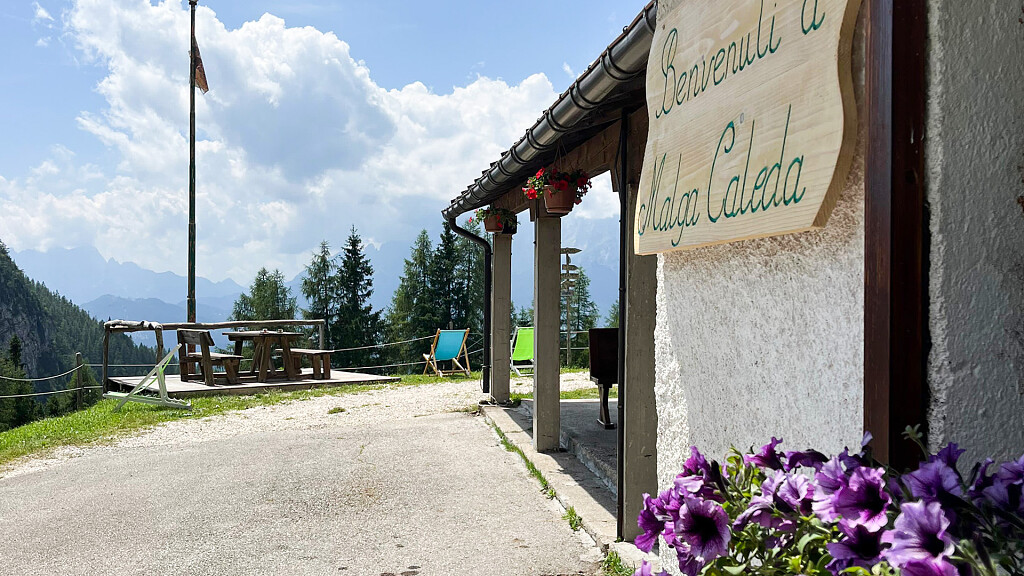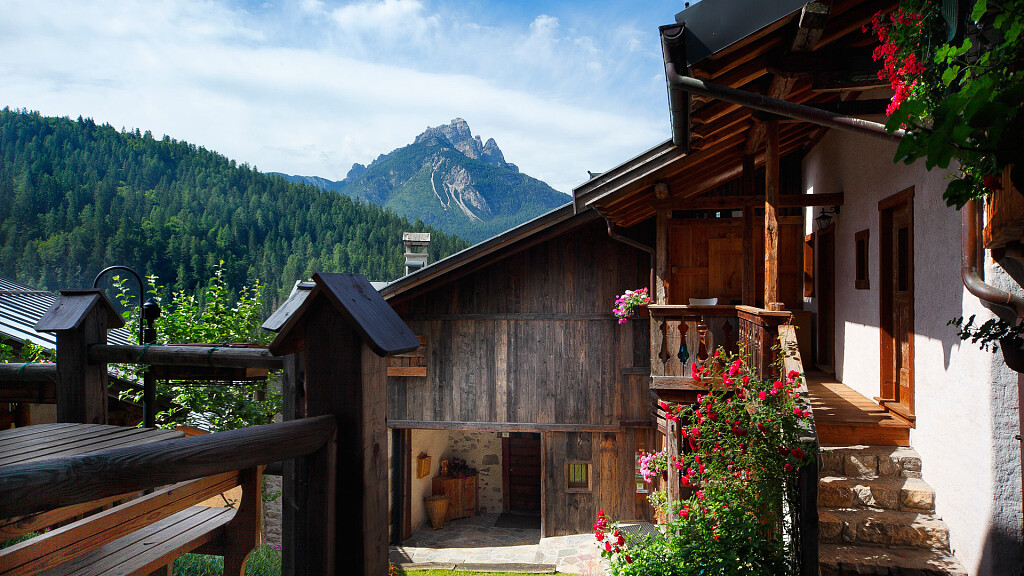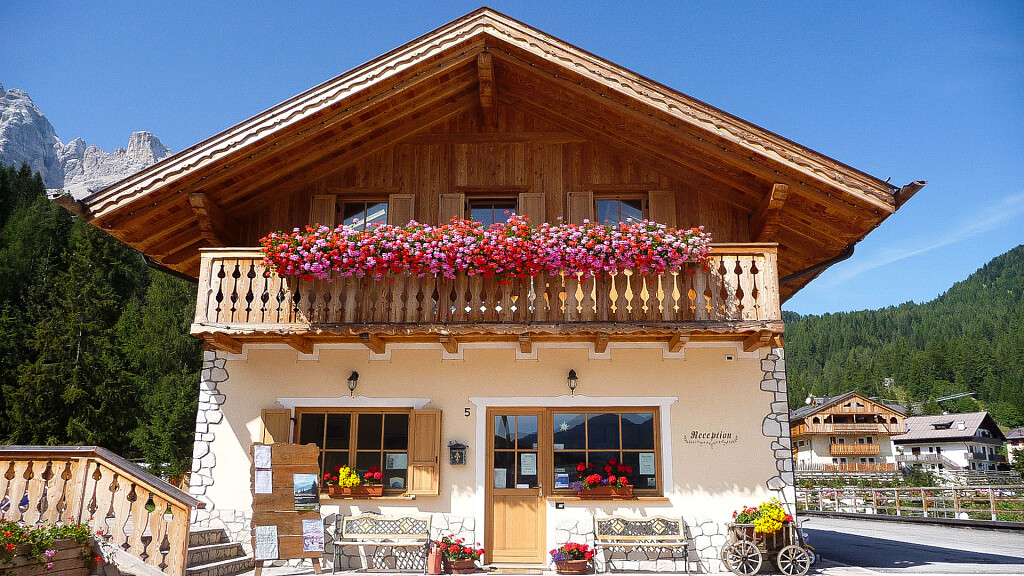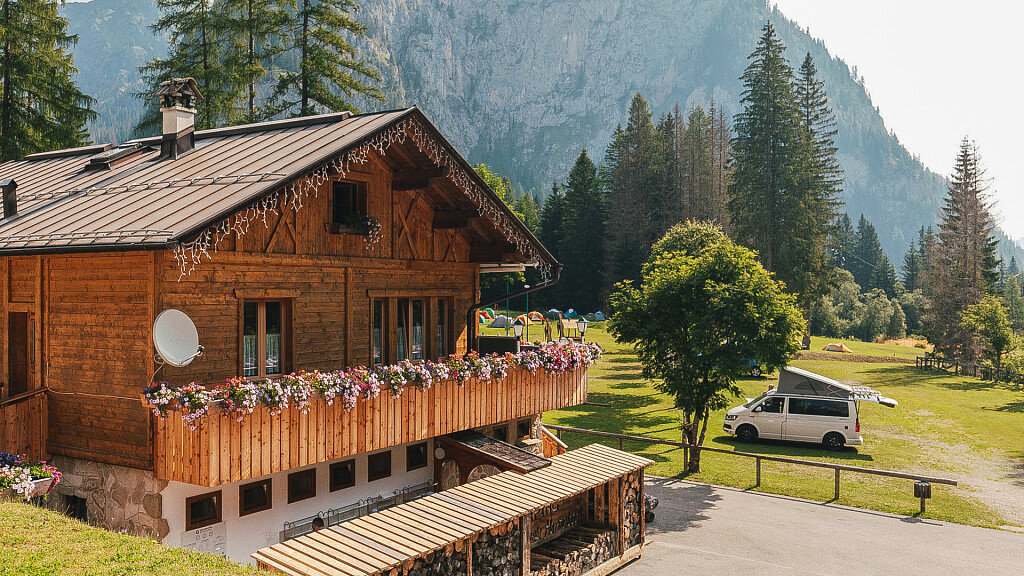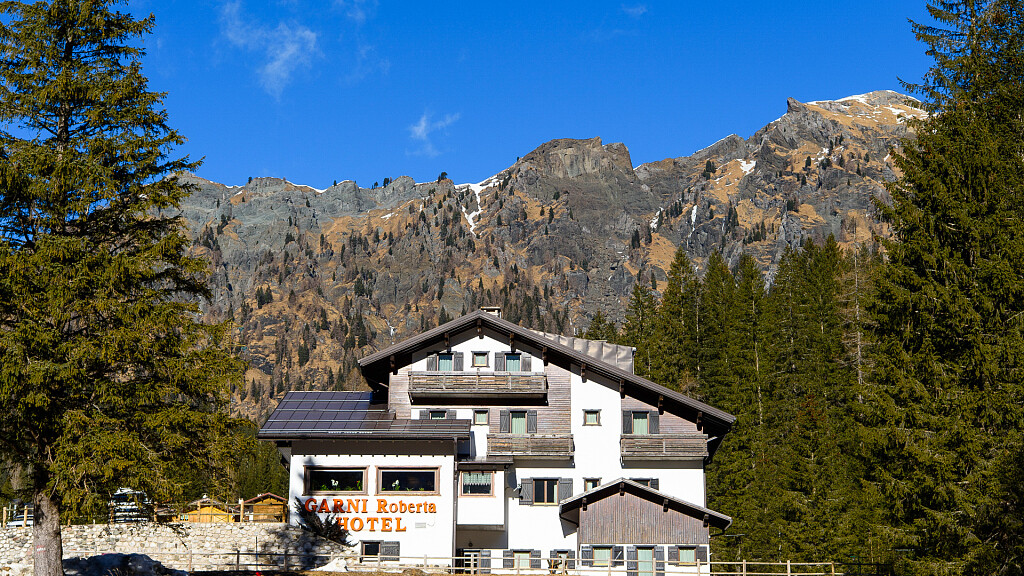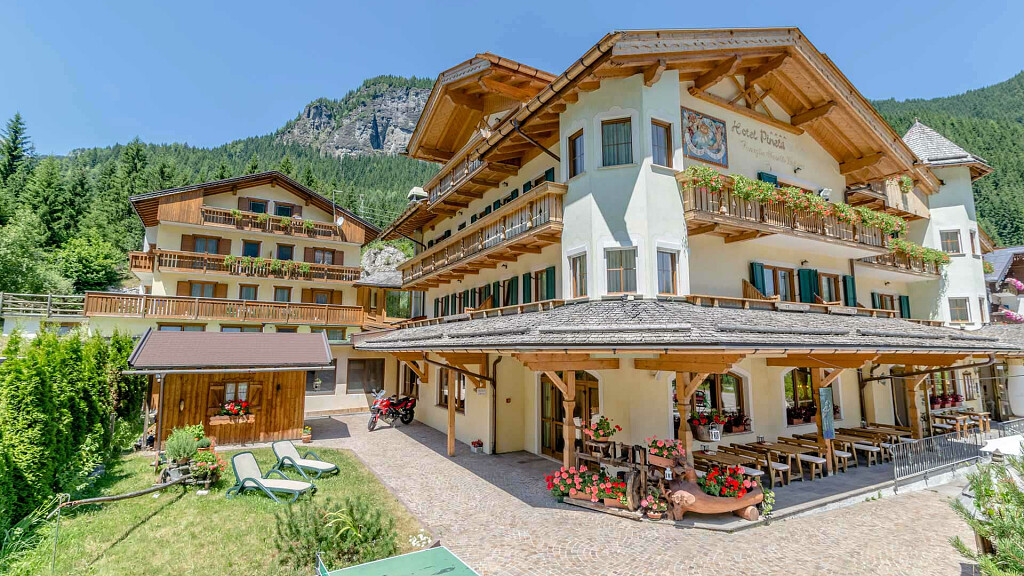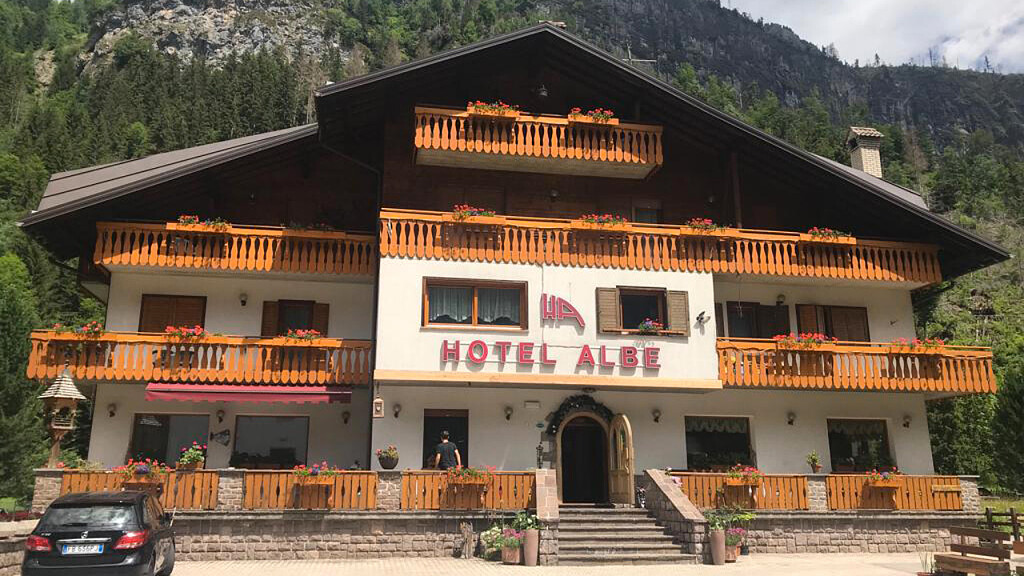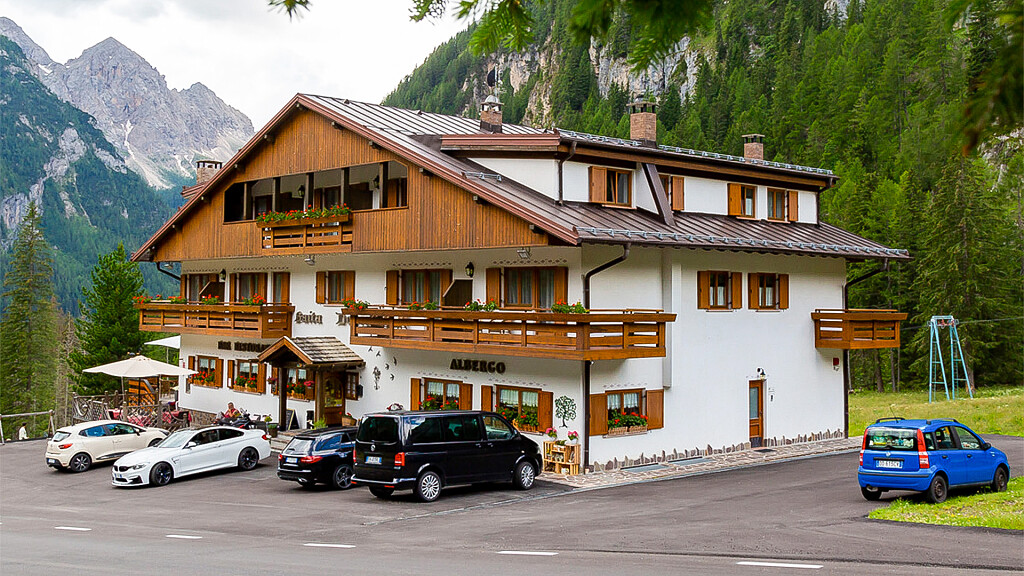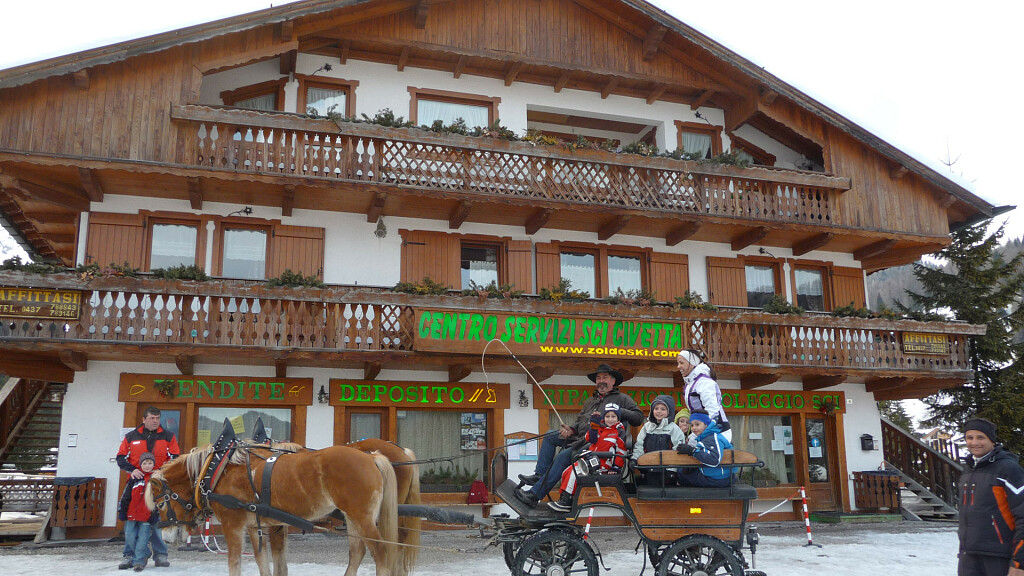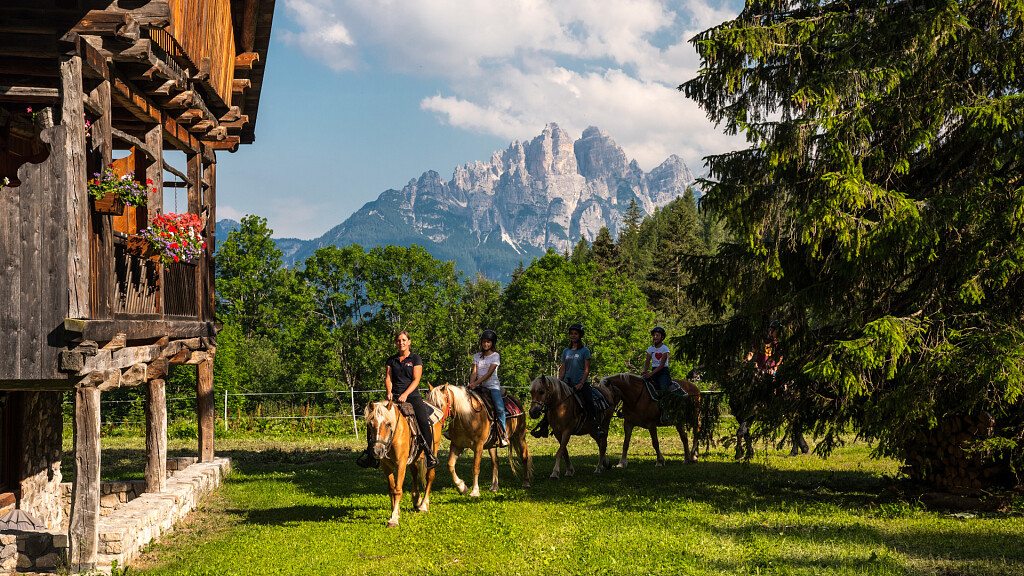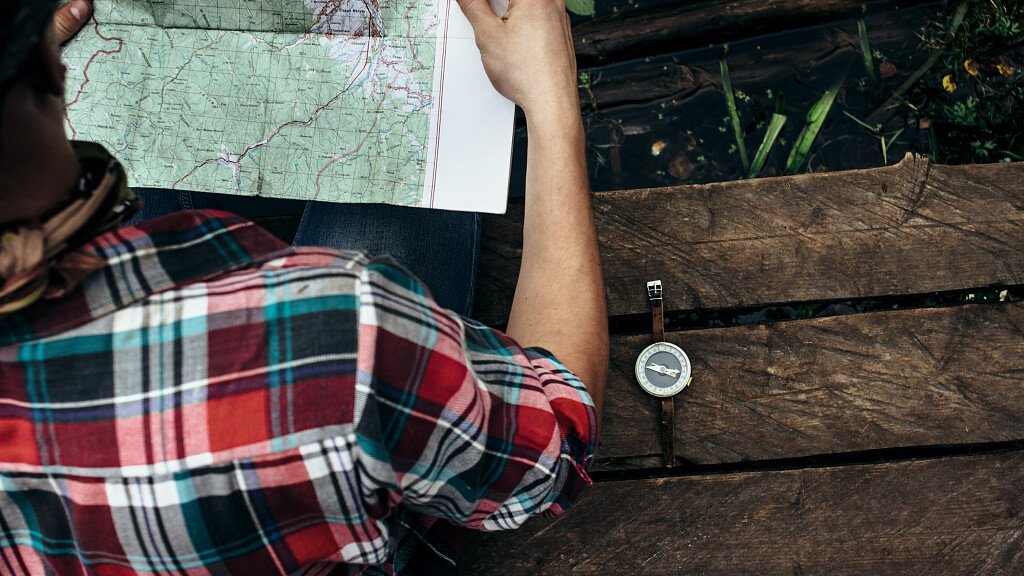Cencenighe Agordino
Hotel Cencenighe Agordino
Local shops: Cencenighe Agordino
Cencenighe Agordino
Lying in the middle of the basin of Agordo, between the valleys of Biois and Cordevole, Cencenighe Agordino comprises several administrative divisions, some extending up to the surrounding mountains groups: Pale di San Martino and Civetta. This peaceful village offers trekking trails and the locals work hard to keep the memory of ancient jobs alive.
Summer holidays in Cencenighe: what to do and what to see
Cencenighe is mainly a summer destination, but this doesn't make it any less attractive in every other season. Here you can fully experience the local history and culture of coal manufacturing, for example exploring the trail around the charcoal kilns, called "El Troi de le Ial", on Mount Pelsa. Starting from the 17 century the local economy was largely based on coal manufacturing, besides iron manufacturing and lumber production. The near copper mines of Valle Imperina needed large quantities of coal to function, thus locals created large clearings where they built big wood pyramids and burned them to create charcoal. Since 1992 a group of locals re-established the trail connecting the original clearings, a route dedicated to the hard labor of their ancestors.
The artists of Cencenighe
The art of stone carving was a widespread activity, and local stonemasons often created works of art that embellished the squares and alleys of the villages (fountains, stairs, vases and precious statues). Made by artisans of Cencenighe are also the statues of the garden of Villa Crotta in Agordo, and now an entire open air museum is dedicated to these artists of the stone. Sadly, some of the administrative divisions were gradually abandoned or destroyed during the migrations caused by the decreasing of mining activities, lack of alternative economic activities, and some tragic floods.
Nowadays the only strong leading force in local economy is tourism: Cencenighe in fact attracts many visitors with its architectural beauties situated in a stunningly beautiful setting such as the Dolomites, like the Church dedicated to S. Antonio Abate, dating back to 1250, and some ancient rural buildings.

